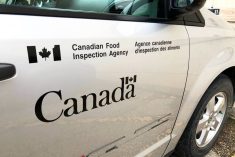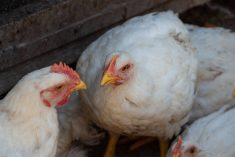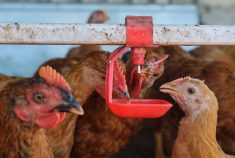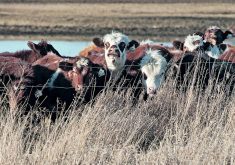Manitoba’s agriculture ministry has pledged to “engage” officials in Ottawa to develop “appropriate programming” to help the province’s waterlogged livestock and forage producers.
Agriculture Minister Stan Struthers made the announcement Tuesday after meeting with representatives from the Manitoba Cattle Producers Association and Manitoba Forage Seed Association.
“We recognize that some areas of the province continue to experience extreme difficulty in harvesting hay while many other areas are reporting adequate volumes of hay, yet quality has suffered due to excess moisture,” he said.
Struthers also said the province “will continue to monitor the ongoing livestock feed situation.” The province noted Tuesday that while excess moisture this spring have left some areas of Manitoba undersupplied with feed, “the most recent crop reports indicate harvesting is underway across the province and many areas continue to experience improving haying conditions and adequate grazing.”
Read Also
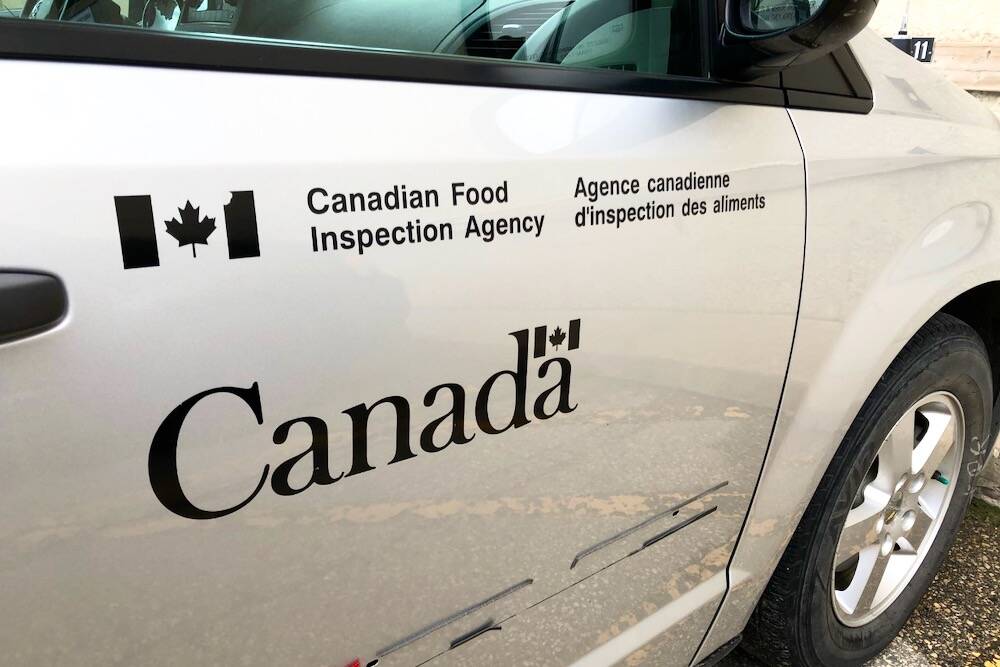
CFIA adds controls for imports of Spanish feed ingredients after African swine fever outbreak
The Canadian Food Inspection Agency (CFIA) has added Spain to a list of countries subject to feed import controls due to an outbreak of African swine fever in that country.
Forages harvested to date, compared to what would normally be harvested by mid-August, vary “significantly” in quantity across the province.
Southwestern Manitoba’s harvest is 101 to 125 per cent above average, the province said, while parts of the Westlake and Interlake regions and eastern Manitoba have harvested less than 50 per cent of the average. In some regions, the first and second cut of hay and alfalfa are nearing completion or complete.
In general, yield is above average, while quality is below average, the province said Tuesday.
“Our meeting once again afforded us the opportunity to formally communicate the immense challenges facing our province’s cattle producers and the great need for provincial aid,” Eddystone, Man. producer and MCPA president Jay Fox said in a separate release Friday.
“We have outlined the business case, along with the short- and long-term benefits to the programs we have developed and put forth, and are encouraged by the province’s commitment to make an announcement by the end of this month.”
“Targeted, relevant”
The MCPA said it hopes to see “a number of key initiatives” launched now, and implementation of longer-term programming such as cattle insurance and hay and pasture insurance programs.
The association’s proposals include a per head payment for breeder and feeder stock, to help offset the loss of pasture and hayland; freight assistance, to help offset the cost of hauling in feed; and a tax deferral option for producers who have to sell some or all of their livestock due to adverse weather conditions.
“The industry needs stability and that can be attained in the level of financial support it receives from the government to weather the current excess moisture crisis,” Fox said. “The programs we have brought forward provide the support required in that they are targeted, relevant and accessible to all producers affected.”
“In order for our struggling producers to be able to start planning immediately, we strongly encourage the minister to implement these urgently needed programs swiftly,” MCPA director Trevor Atchison of Pipestone, Man. said in Friday’s release.
“While Minister Struthers has acknowledged the necessity of matching ‘feed to the need,’ we must insist that an effective freight assistance program also include the funds or assistance to pay for it and be available to all producers affected.”
Struthers on Tuesday had said the province continues to encourage producers to take advantage of its hay and straw listing service, “which allows us to match the feed with the need.”
Struthers noted last January’s launch of the province’s pasture days insurance pilot program, in which livestock producers would be protected against having to remove animals from pasture prior to an insured number of grazing days, on account of reduced grazing capacity due to drought or excess moisture conditions.
“We’ve been in conversations with western colleagues and, as is the case in other provinces, Manitoba’s forage insurance participation is much lower than for annual crops,” said Struthers.
“But as we look forward and analyze this last year’s data, along with the results of the new pasture days insurance pilot program, we hope to identify additional ways to establish insurance programs with reliable options based on sound insurance principles.”


